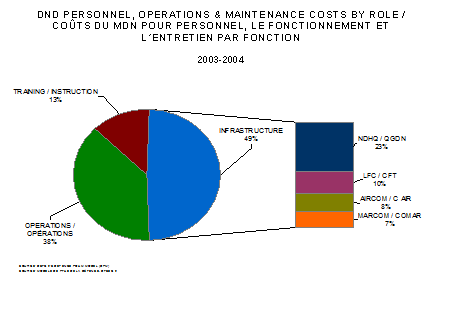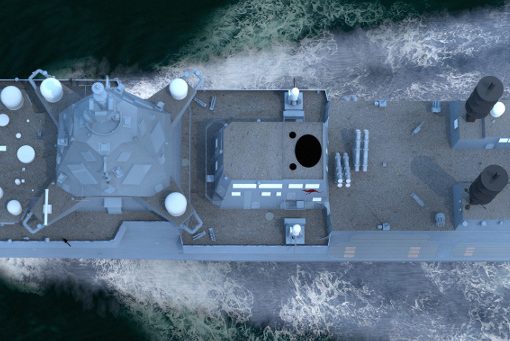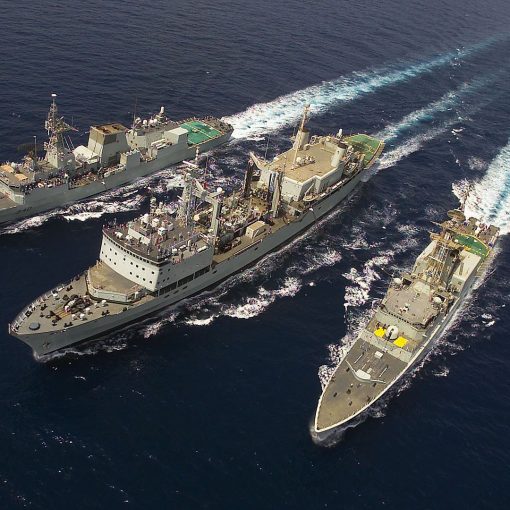As the 2016 Defence Review gets underway there have been many questions as to how the new Liberal government would approach creating their promised "leaner, more agile” military. Thankfully, suggestions are now coming forward and one of the most compelling has been provided by Douglas Bland in the Ottawa Citizen recently.
After noting similar 1994 White Paper promises of a “leaner” military soon evolved into a cutting of massive amounts of tooth and tail, he argues, and few would question his experience here:
Since 1960, every government’s directions to make the Canadian Forces leaner inevitably cut deeply into defence muscle – military personnel, major combat capabilities and future operational procurement projects, while the fat – headquarters staffs, public service positions and infrastructure costs – continued to grow.
The costs of excess infrastructure go beyond the cost of concrete and building heating. In 2003, the last year such infrastructure-specific data was clearly identified, DND indicated that the cost of the personnel, running expenses and maintenance for ships, army field formations and aircraft
squadrons consumed 38% of Canada’s non-capital budget. However, bases and headquarters’ infrastructure consumed 49% of that budget or 128% more than was assigned to the operational units they nominally support. (Canada, Making Sense out of Dollars, 2003-4, pp. 45, 56)
Bland wisely offers up the DND's excessive infrastructure holdings (including an amazing inventory of 21,000 buildings) for cuts. The current 38 bases and stations, he argues, were set during the Cold War for a force of 130,000. Today we have but 65,000 regular forces and, not surprisingly, he cites one expert who argues 12 of these bases could be closed without any operational cost.
This matches the data within the 1994 Auditor General’s report on DND infrastructure reduction. Here the OAG noted a 1975 DND study that determined that the Canadian Forces of the day – at 80,000 regular forces – could be housed in 12 bases rather than the 30 then held (OAG para paras 26-21 and 26-47). In 1994, the OAG, with the help of military experts and their infrastructure models, applied its findings to the post-1994 base reduction holdings. It concluded that a reduction from the current 20 bases to the 12 identified in 1975 would not reduce effectiveness but, rather, ensure that “military capability would be enhanced.” It would also produce up to $970 million (in 1994 dollars) in savings annually (OAG para. 26.47) Significantly, the OAG focused most heavily on the personnel savings that would result from redeploying base support personnel.
Bland notes there will be political opposition to closing bases. However, it is noteworthy that the prior Chrétien government, intent on cutting the defence budget by 25%, had the courage to close four bases. Today, Douglas Bland suggests a Parliamentary committee be tasked with developing a base closure list that would subsequently be submitted to the Minister who can accept or deny the total list but not modify it. A form of this 'up or down’ process has worked in the United States, and our own Auditor General favoured elements from the US process. (OAG para 26-34, 26-35). ..
Calling for a ‘leaner, more agile’ military while not addressing our excessive base infrastructure would be dishonest in my opinion. Bland also argues:
Without such a directed process, Canadians will continue to fund unnecessary military infrastructures while the operational units of the Canadian Forces, the heart and muscle of Canada’s national defence at home and abroad, continues along an expensive path to irrelevance





